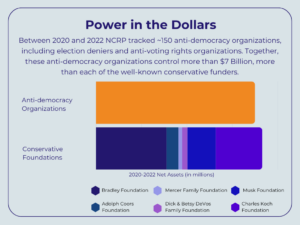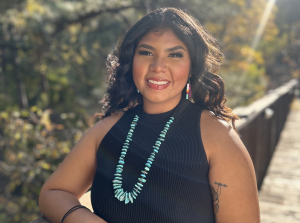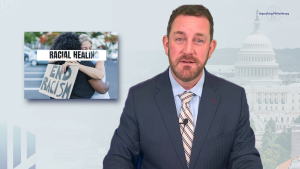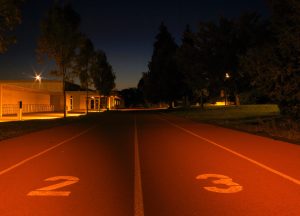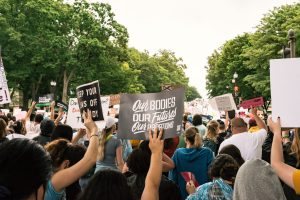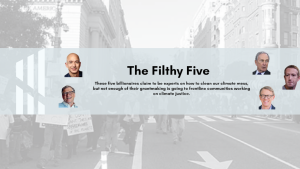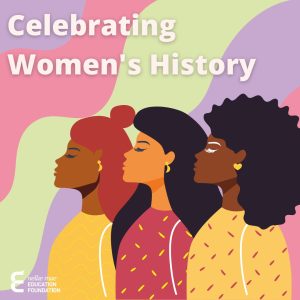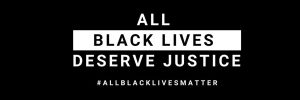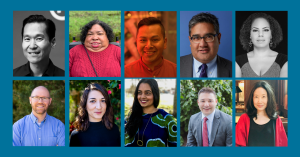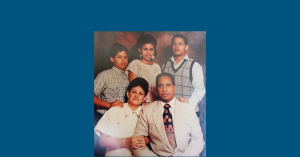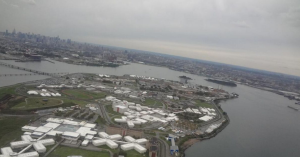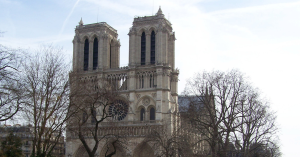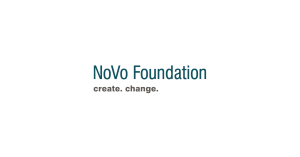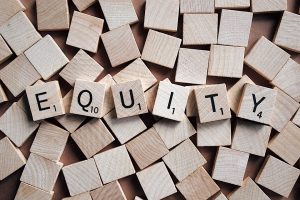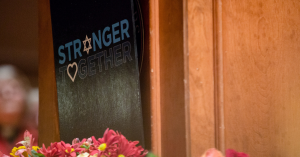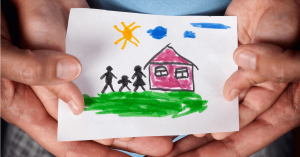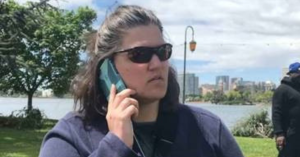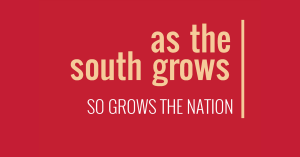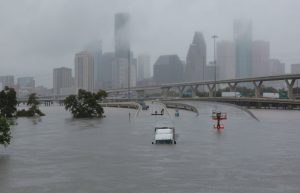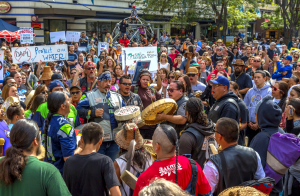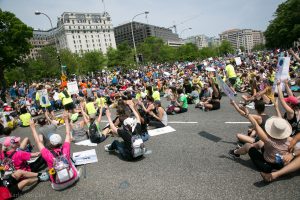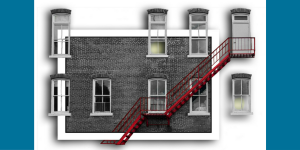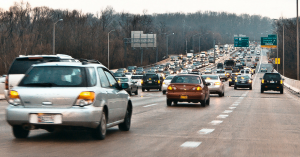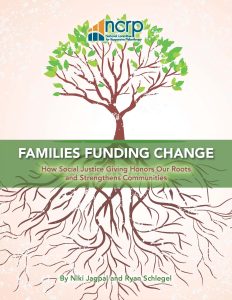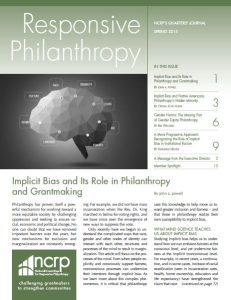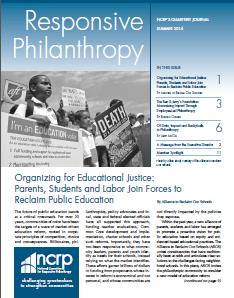Part 3 of 3: Why Asian Immigrant Refugee Communities are Key to a Just Transition in California
APEN’s Christine Cordero explains the important role that Asian immigrant refugee communities can play in making a Just Transition to a regenerative economy a reality for millions of Californians.
In the previous entry in this three-part series, Filipino climate justice frontline leader and Co-Director of the Asian Pacific Environmental Network (APEN), Christine Cordero discussed the group’s history and how climate funders and organizers can create a healthier world by centering the wisdom of Asian immigrant refugee communities.
In this third part, her discussion with NCRP’s Senowa Mize-Fox centers on the lived examples of how Asian immigrant refugee communities are already doing the work of making Just Transition a reality in places like Richmond, California.
Senowa Mize-Fox: APEN focuses on utilizing a just transition framework – what is your vision for a Just Transition for Asian immigrant refugee communities in California?
Christine Cordero: So, while we focus on our Asian immigrant refugee population, I did want to say, so that we’re very clear, that we understand the nuances and importance of the Native Hawaiian and Pacific Islander communities. We just don’t want to misspeak for any community. We try to be very specific about the groups that we speak of because our community is so big and broad and beautiful.
When we’ve talked about it, we want to transition this refinery in Richmond, CA, an effort that ultimately ties us to Just Transitioning California from fossil fuels, and imagining a remixed, regenerative set of economies.
We see this vision and we’re getting granular and trying to define that in our specific geographic regions right now. One of the biggest things that we’re looking at as we’re transitioning to this “clean green economy,” is envisioning who pays for that. Who gets to enjoy it? Who can afford to come along in the “clean green economy”? What does a public private investment look like that brings all our communities and workers along to make the transition just and equitable?
We’re going to be looking at what are different potential financing and resourcing models for paying for this Just Transition. We’re looking at what community-owned land projects look like, modeling some prototypes of climate resiliency hubs in Richland and Oakland with groups like RYSE Center And Oakland Community Land Trust.
RYSE Center is an amazing Richmond youth-organizing organization who run a liberation and resiliency hub that was co-designed by Richmond youth in RYSE and APEN. The youth surveyed themselves and their families for things that they wanted, and the result was a place where they can organize for youth opportunities, jobs, and other economic resources, as well as a place communities can congregate in times of climate-related distress like wildfires or power outages.
They also wanted their own closed energy system of solar and battery storage. A lot of our Richmond youth are in intergenerational immigrant families, who when asked, wanted a place that could stay open when the power goes out. They wanted to know what it meant to go to a place that still has power and actually has clean, working air filters. That has refrigeration for elders’ medicines and outlets for health machines that people – siblings or other people that have no help – can plug in for breathing and other things.
And so, they designed the center based on what the communities needed. And it is up and running. We’re trying to think about it all the way through. We’re trying to think through what programming looks like. What do mutual aid networks look like in this place?
Imagine if we shoot for a resiliency hub within a mile of every person? Because sometimes people aren’t going to be able to drive to some place.
Organizing the Networks We Need
Christine: What I have learned from our comrades and homies in New York during Sandy, and in Louisiana during Katrina and Ida was how these mutual aid networks could look like. How close do these resiliency hubs have to be when the streets aren’t going to be navigable. What would that look like? For the Richmond RYSE Center, the solar installation alone costs upwards of $7 million dollars.
What does it look like to have a mutual aid network that’s on purpose, versus one you had to do organically? In New York, they had mutual aid networks that popped up organically, but what if we planned to have social infrastructure to care for each other?
To me, those are also organizing networks, right? Like, do we know our neighbors, who are the children and the elders that will need to be brought to one of those hubs. In between times of crises, can these networks also support ongoing power building and engagement with our civic infrastructure. People can get more involved in what happens in their neighborhoods. The dream when I think about it are these cultures of communal care which are deeply ingrained into immigrant communities, and particularly Asian immigrant communities have long standing models of caring in communities and village structures? And I don’t think this is just Asian immigrant refugees. I think a lot of our folks still have connections to our communal roots. That and that’s something that’s like, great, how do we get institutional support to maintain this type of social infrastructure?
When infrastructure is too big, and it isn’t rooted in communities, it can take too long to get to people in emergencies? Can we consider micro gridding mutual aid networks, micro gridding these hubs and scaling them in a way that feels meaningful The RYSE Liberation and Resilience model in Richmond, and then the Lincoln Recreation Center in Oakland, Chinatown – both have been hubs for community activity. Lincoln Recreation Center is in the process of becoming a climate resiliency hub. That total renovation cost is roughly $32 million. While that might seem like a lot, I think about the billions the federal government is putting into dirty hydrogen and carbon capture. Those are not real solutions, but just an extension of the fossil fuel infrastructure.
What if we actually sent billions to climate resiliency hubs and the social infrastructure of mutual aid networks? Imagine what that could look like. We’re not the only ones trying to build what we need now. We’re with a lot of our EJ partners across the state in BIPoC communities that are really looking at converting health clinics, converting community centers into these hubs that can be both powerful during a crisis, but also, in between, in organizing and building community social infrastructure.
We’re also exploring how to prevent a classic dynamic that happens in environmental justice. When we make our communities beautiful and livable, often we get pushed or priced out. So, we’re really looking at what community-owned affordable housing and land projects look like.
That answer has to be specific to place. In one place, we might be talking about increasing accessibility to additional dwelling units for families to support their elders in in-law units right in the backyard. Whereas in a denser location, in a very concentrated area, maybe we’re looking at multi-unit buildings that can support high density residential living. And so, we’re looking at, is that viable? Can we make that work in a way that’s sustainable? We really want to preserve the cultural heritage and legacy of a place that makes people want to be there, and then make sure people can stay there. So that’s some of our dreams. We believe in the necessity of our folks getting access to the clean green economy and the future that we need, which actually is a remaking of the whole economy. The folks that don’t see themselves as part of the climate and environmental justice fight actually need to. We need to start organizing folks starting to see the intersections.
Senowa: This is such a good reminder that it will be okay. There are people who are building this on the ground.
Appreciating the Wins
Senowa: You have talked previously about funding a Just Transition. What does it mean to fund a just transition for Asian Immigrant Refugee Communities?
Christine Cordero: Specific to philanthropy, there are the classic recommendations many movement leaders and I have been saying for decades: Give multiyear, general operating support. Let us do our work. That’s the baseline. The thing that’s more nuanced after that is how to be in a long-term transformational relationship with us and understand this moment of resourcing that needs to happen.
The climate action window is real. Just as we are having to get bolder in the field, the funders need to be bolder, courageous, and riskier in their investments. And I mean that in all the ways: if you already give three years, give for five or seven years of general operating support. Push whatever edge that is. If you’re funding in silos, start to make the connections between the issue silos, especially when climate disruption is just the most acute symptom of an economy and mismanagement of home (as our folks at Movement Generation say), that isn’t working for most families and communities.
Environmental justice frontline communities have always been the canary in the coal mine. When you protect the most vulnerable, you protect everybody. And I think we need to start understanding how climate has, is, and will only continue to disrupt education, health, housing, immigration, etc. Climate funding cannot continue to exist in a silo –it intersects, is intersectional with so many other issue areas. Folks want all these flashy policies, but if you don’t have communities engaged to hold these folks accountable and to implement real power, there’s no shortcut to real power building. There’s no shortcut to people, there’s no shortcut to masses of people getting involved in this work, which is what it will take to shift this to save our species. The planet is going to be alright, it’s about our species surviving so I don’t know who’s getting on board, right? So, I would say that I would say start getting involved, if they haven’t already, started looking into the innovative models around spin down and funding for electoral work, I know this is going to be edgy for a lot of folks, but there are foundations who have figured out how to do it. Learn how to fund the breadth of the work because that’s what it’s going to take to search the system and start investing in innovative land projects that are being anchored by communities. There’s so many. People are dreaming and building the new right now in order to contest for power.
So, you know how Just Transition works. People think stop the bad and build a new are separate, but Just Transition is actually building the new on top of stopping the bad. You stopped the bad by building the new right now for what we need. So, I think folks need to see philanthropy and funders actually challenging some of the long-standing traditional definitions of risk and return.
It means challenging some of the old thinking about what is thought of as a viable solution. Because let me tell you, they’ve been following the more traditionalist greens and GHG emissions, where are we right now? Where are we? So, folks want to get serious about changing things? What is it, it’s madness to keep doing the same thing and expecting different outcomes, right? So, I think folks need to really think about what it’s going to take to do the shifts we’re talking about. These are monumental remaking of the economy, and how we manage our home, fundamentally. So, we actually have to fund it like we want to win.
If you want us to win, you have to fund people power and organizing power within us with the same gusto/fervor that these lobbyists are being funded.
Philanthropy is honestly just one piece, right, of a larger shift that needs to be made and moving resources. But there is a piece for philanthropy to do. And they do not have the same constraints for instances like the federal investments. So, I think it’s time for everybody to go big and bold.
Senowa: Can you talk about one big win that you are particularly proud of?
Christine: Yeah, I mean, there are several, the quiet ones you don’t hear about are the ongoing organizing. So, I talked about the resiliency hubs. I think those are huge wins that we’re still fighting for, like our people are still building the solutions on the ground. I would say a big win is we’re fighting for this win right now. But we got California to move 280 million into the concepts of resiliency hubs. And now it’s like show and prove time. That is, what did I tell you our one solar installation was 7 million. So that’s, you know, that’s a good handful of projects, but it’s not enough. And then we won about a billion in climate resilient housing and got to insert things around renter protections and eviction stuff that we’re really proud of, and now we’re defending those wins. So those have been huge. California is making huge investments in the solutions we want that now we have to keep. So, I would say those are, those are a couple big things that were the wins most recently that we’re very excited about.
We also won with our other EJ partners in the state, we got California to actually set a goalpost for petroleum phase out. Now whether we can hold them to it, yeah, we were like you we needed we need it, we need to manage this decline. If we don’t do it and leave it in the hands of corporations, they don’t give a shit about frontline communities and workers. So, we’ve seen their model, they will leave and file for bankruptcy and leave us holding the bag on toxic land and water, and no safe social safety net. We’re like, let’s do this on purpose, we actually have a trajectory for it.
So, we want some pretty big wins at the state level for the state staying ambitious, obviously everybody’s still on this, like, I know, we all want a silver bullet. Everybody wants dirty hydrogen to be the key. Everybody wants carbon capture to be the thing, those are band aids at best, and they actually still increase GHG. Because when you look at the full lifecycle of energy they use, you still need to, you still need to do solar and wind. You still got to do renewables, if we’re actually going to reduce GHG. And folks make hasty decisions and desperation.
And I know we want that to be the answer. I wish it were the answer. It is not. You do a little bit of digging on the science. It is unproven technologies that we’re banking on that will continue to pollute and sacrifice our communities. No, thank you. If we’re going to actually remake the economy, we should do it right this time. Then we have the opportunity to do that if we are willing to kind of dig in.
Senowa: How can funders learn more about APEN’s work/what is the best way for funders to engage with APEN?
Christine: We’re on all the socials and the website. They can reach out to me or our team if they want to learn more. christine@apen4ej.org
It’s our first name at apen4ej.org. You can reach us. I would say, you know, look up our stuff. This is a thing for funders. We have 30 years of work on the Internet. Come look at it. And if you want to get with us after looking at it, then come see us. But we have tons of resources and reports, and our comms team is amazing. All our work is out there.
More immediately, our LA launches on May 26. If folks want to get with us around Los Angeles, and any of that stuff they can we’re going to be building out that chapter for decades to come. So, and then our statewide membership, obviously, that I mentioned, like whoever wants to get on board, we’re getting serious about building power in California. So yeah, we’re excited. But I don’t know, I don’t know if there are specific, best ways to engage. Give us money. We need C4 donors. And I mean, you know, there’s some stuff that’s very obvious, but the thing I would say is that can help us more indirectly is we need more funders to be doing funder organizing. We need folks to be in it in their own personal stake within their position in philanthropy. Come become an APEN member.
There’s a personal stake for everybody in this, funders included, to me, they can be organizers as well. And I think folks should engage as organizers and get an understanding of who their people are in their community.
____________________________________________________________________
It is clear from the Q&A with Christine Cordero that not only is a Just Transition possible, but also there are many people within the Asian immigrant refugee community that have laid the groundwork for a better, more equitable world focused on collective work and organizing. And it is important to fund this work in a way that ensures we all win.
Celebrating Asian immigrant refugee Contributions to Climate Action Series
















